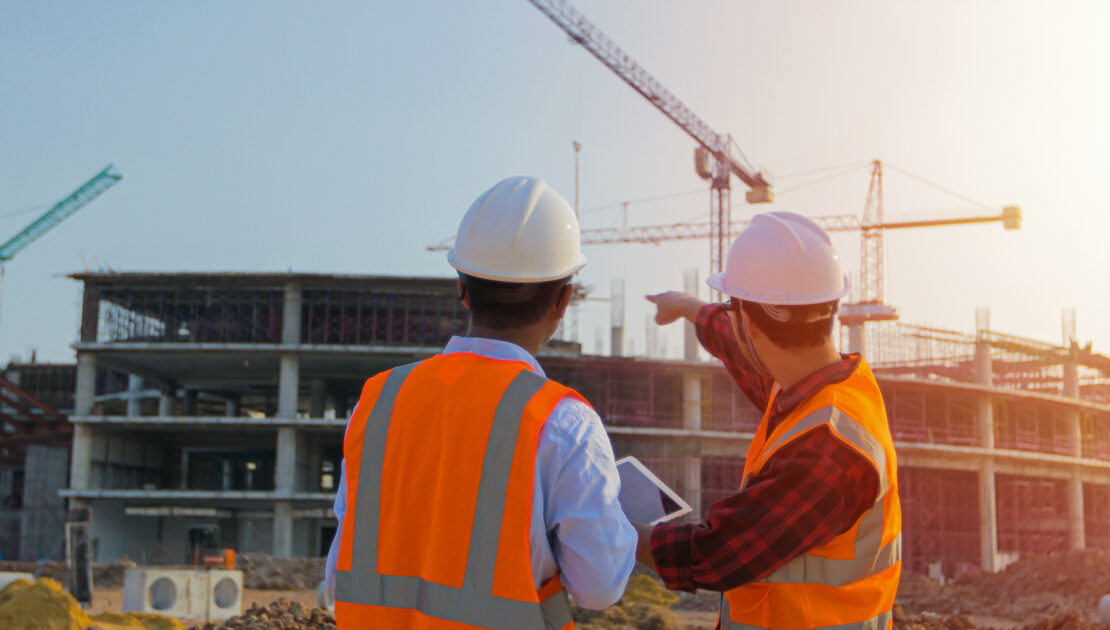A Brief Guide to Risk Management in Construction Projects

- In order to mitigate the risks associated with construction, it is essential to assess the risk accurately and have a control mechanism in place once the threat has been identified.
- Being able to manage risks effectively will lead you to higher profits and good relationships with the clients.
- For contractors, the most significant risk is in the initial stages of the contract during pricing and time.
The construction industry is highly complex and unprecedented as each project is unique in its own way and carries its own set of challenges and issues. Therefore, it is very tricky to identify and manage risks associated with construction projects. However, it is not entirely impossible and can be taken care of with proper planning and execution.
If left untreated, these risks can become out of control and derail and disrupt the project leading to cost overruns and additional time. Hence, in order to mitigate the risks associated with construction, it is essential to assess the risk accurately and have a control mechanism in place once the threat has been identified.
Identifying and Managing Risks in Construction Projects
Industry experts reveal that instead of running back and forth when the risk is uncovered, construction businesses should have a risk management plan ahead of time to manage different types of risks early before they transform into disasters. Being able to manage risks effectively will lead you to higher profits and good relationships with the clients.
Types of Construction Risks
Before we move forward to the management of construction risks, you need to familiarize yourself with different types of risks in construction projects and its sources. Let’s look at some of the common risks associated with the construction industry.
- Natural disasters
- Labor shortage
- Safety hazards
- Poorly written contracts
- Site conditions
- Poorly defined scope of the project
- Poor management of change orders
- Availability of materials and an increase in material costs
- Issues with suppliers and subcontractors
- Poor project management
- Theft and damage to equipment
For contractors, the most significant risk is in the initial stages of the contract during pricing and time. They can lose their profit margin if the bill of quantities is not accurate or the suppliers/ vendors may be more expensive than previously estimated. This could lead to arbitration, and legal claims, so do consider approaching construction claims consultants Dubai to handle these issues and protect your payments.
Identifying Construction Project Risks
Now that you are familiar with multiple types of risks that you can encounter on your construction projects let’s discuss some of the ways to identify risks associated with your project. If you don’t have a risk management process in place from the start, then make sure to identify risks as early as possible, preferably before you start construction work. If you fail to identify these risks, then managing them would grow into a big disaster at the later stages of the project.
A good way to identify risks and make sure they don’t surprise you at later stages is to hold regular meetings and ensure open communication among all the employees. Hold meetings with team members and stakeholders to identify risks that could impact your project.
Review your previous projects with similar size and scope and compare it with your current project to identify possible weak areas that could prove problematic in the near future. This way, you can better understand the current project and its needs.
Mitigating the Risk
Once you have identified all the possible risk areas in your project, you need to sit down with industry experts that have enough knowledge about construction and assess each risk individually. Assess the risks based on their probability of happening and the extent of damage it would cause.
After assessing each risk, the next step is to categorize them as high, medium, and low risk, depending upon their probability and impact. High category risks need to be handled first, followed by medium risk, and low category risks should be dealt with later. Each risk category would require a different amount of time and money to manage.
Categorizing the risks will help you determine if you eliminate, avoid, or transfer the risk altogether. Avoiding the risk would mean to turn down projects that come with a high-level risk or negotiate the contract. Similarly, transferring would mean you have to sit down with the stakeholders to determine which team should deal with the risk if you are not fit to manage it.
Regular communication with clients and stakeholders is essential to mitigate the risks because it often leads to arbitration and disputes. If you feel like you are in a corner and cannot find a way out or have resources to manage the risk, then do consider getting help from the construction claims consultants to protect your stakes in the project and find a solution to the risk.
Protect Your Construction Projects!
Effective risk management in construction requires a high level of collaboration and expertise. Another important factor is to have open communication and keep all the parties on the same page. This way, you can effectively manage and identify risks before they cause a huge problem. Always remember, risks, if left untreated, can lead to bigger problems and, when appropriately managed, can lead to great rewards.
